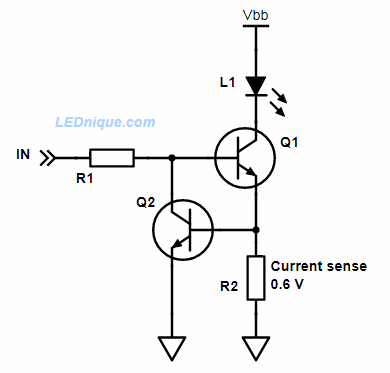
How to Design a Constant Current LED Driver?
LEDs or Light Emitting Diodes are becoming increasingly popular in various lighting applications due to their energy efficiency and long lifespan. One crucial component in an LED lighting system is the LED driver, which regulates the amount of current flowing through the LED to ensure stable and consistent light output.
Designing a constant current LED driver is essential to maximize the performance and longevity of your LED lighting system. By controlling the current, you can prevent the LED from overheating and ensure it operates within its specified parameters.
1. Determine the LED Specifications:
Before designing a constant current LED driver, it’s crucial to understand the specifications of the LED you intend to use. This includes the forward voltage (Vf) and forward current (If) ratings of the LED. These values will dictate the design parameters of your LED driver.
2. Choose the Right Driver Topology:
There are several driver topologies to choose from when designing a constant current LED driver, including linear regulators, switched-mode power supplies (SMPS), and buck or boost converters. The choice of driver will depend on factors such as efficiency, cost, and complexity.
3. Calculate the Required Current Limiting Resistor:
To achieve a constant current output, you will need to calculate the required current limiting resistor for your LED driver circuit. This resistor will help regulate the amount of current flowing through the LED and prevent it from exceeding its rated current.
4. Design the LED Driver Circuit:
Once you have determined the LED specifications, chosen the right driver topology, and calculated the current limiting resistor, it’s time to design the LED driver circuit. This involves selecting the appropriate components, such as transistors, diodes, capacitors, and resistors, and laying out the circuit according to your design parameters.
5. Test and Optimize the LED Driver:
After designing the LED driver circuit, it’s essential to test the circuit to ensure it functions as intended. You may need to make adjustments to optimize the performance of the driver, such as tweaking component values or layout. Additionally, testing the circuit under various operating conditions will help identify any potential issues or improvements.
6. Consider Thermal Management:
Thermal management is crucial in a constant current LED driver design to prevent the LED from overheating and ensure its longevity. Consider incorporating heatsinks, thermal pads, or fans to dissipate heat effectively and maintain the LED’s operating temperature within safe limits.
7. Ensure Compliance with Safety Standards:
When designing a constant current LED driver, it’s important to ensure compliance with relevant safety standards and regulations to guarantee the safety and reliability of the LED lighting system. This includes considerations such as input voltage range, isolation requirements, and protection features against overcurrent or overvoltage conditions.
8. Finalize the Design and Documentation:
Once you have tested and optimized the LED driver circuit, finalized the thermal management solutions, and ensured compliance with safety standards, it’s time to finalize the design and document the specifications and components used. Proper documentation will be essential for future reference, troubleshooting, or replication of the LED driver circuit.
Designing a constant current LED driver is a crucial step in ensuring the performance, longevity, and safety of an LED lighting system. By following these steps and considerations, you can create a reliable and efficient LED driver tailored to your specific lighting requirements.
Was this helpful?
0 / 0